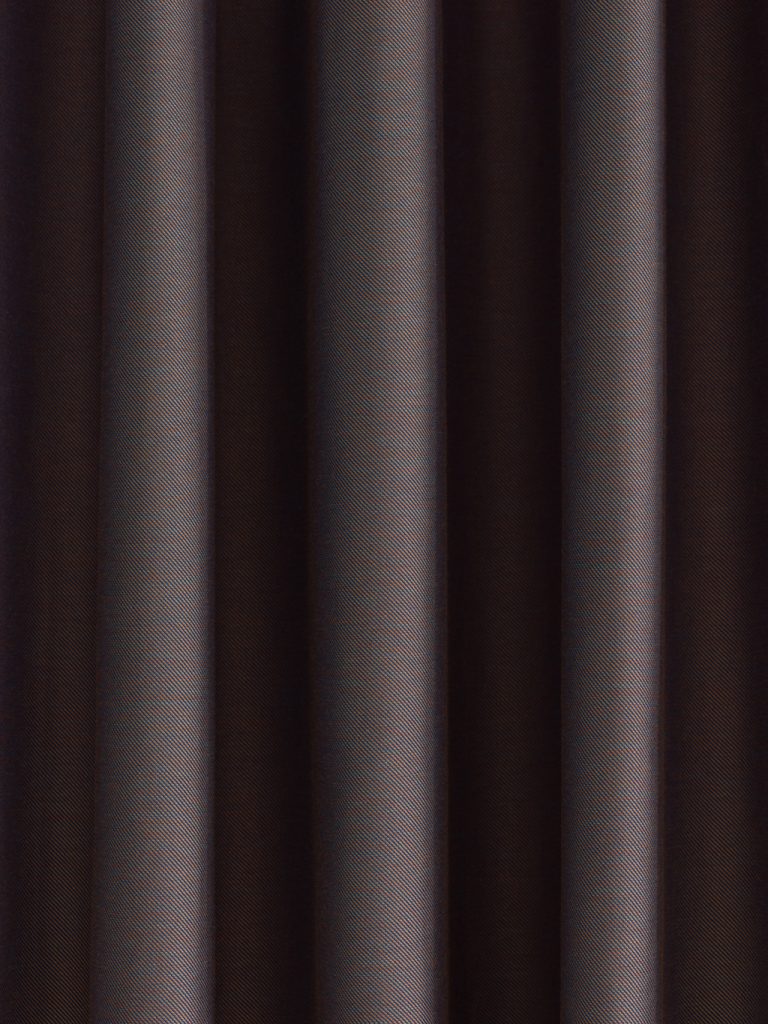
Acoustic solutions
For more than two decades, Almedahls has researched how textiles affect sound. Together with institutions and experts, we’ve developed what can best be described as an acoustic solution. By combining the right data, we’ve moved beyond simply reducing noise to designing sound, tailoring the acoustic experience of a room to your specific needs. We call it AlmedalHz™.
Designing sound with textiles
Working closely with institutions and experts, we’ve developed AlmedalHz™—a unique formula that goes beyond mere noise reduction. By incorporating precise data, our sound-absorbing curtains, rugs, sun protection fabrics, and other textiles are expertly designed to shape the acoustic experience of any space, creating an atmosphere perfectly tailored to your needs.
As standard sound absorption measurements for textiles can be limiting, we’ve utilised recognised values to support precise acoustic planning. Our sound-absorbing textiles are assessed using alpha values from 0.00 to 1.00 and categorised into sound absorption classes, from A to E, with Class A offering the highest level of absorption. However, this classification is only part of the picture. Designing sound within a space involves combining materials with complementary properties, strategically positioned to meet the unique requirements of your environment.
Our acoustic solutions are thoughtfully engineered for public spaces, blending functionality and style to enhance both auditory and visual comfort.
Acoustic fabric
Acoustics play a crucial role in wellbeing within public spaces. In rooms without sound-absorbing materials, reverberation time increases, making the space feel acoustically harsh as sounds linger. This extended reverberation reduces speech clarity and amplifies irrelevant noise, creating a challenging environment. While a long reverberation time may benefit activities like choir singing, most public spaces benefit from a more controlled acoustic atmosphere where sound fades more quickly.
When sound meets a surface, part is absorbed, and part is reflected. The material’s properties determine its absorption capacity, making acoustic fabrics highly effective in offices, canteens, conference rooms, and reception areas. Our approach starts with the unique needs of your space, whether inspired by a design detail, a theme, or a desire for something truly distinct. Working together, we blend our expertise with your vision to create a balanced, functional sound environment tailored to your space.
Audio classes
Sound tests according to SS-EN ISO 354 have made it possible to divide the fabrics in different audio classes from A-E depending on how well they absorb sound.
Class A-B
Class A αw: 0,9 to 1,0
(excellent sound absorption)
Class B αw: 0,80 to 0,85
Class C-D
Class C αw: 0,60 to 0,75
Class D αw: 0,30 to 0,55
Class E
Class E αw: 0,15 to 0,25 (minimal sound absorption)
Do you want to know more about our acoustic solutions?
Contact us